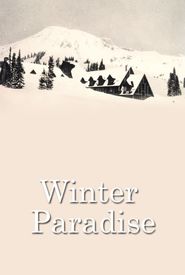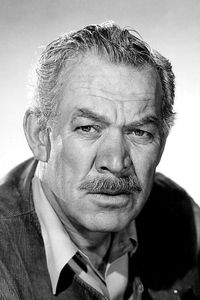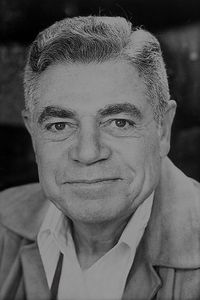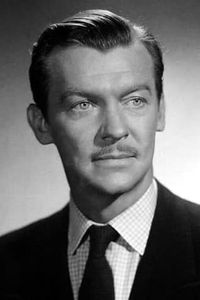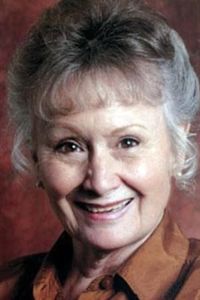John Jay, a distinguished and acclaimed American filmmaker specializing in the captivating realm of skiing, has made a profound and lasting impact on the sport, skillfully molding the contemporary ski film genre and captivating audiences with his distinctive cinematic flair through a plethora of mediums, including captivating travel adventure lectures, engaging literary endeavors, and informative magazine articles, all while dedicating over six decades of his life to the pursuit of his passion.
Jay's remarkable career as a pioneering filmmaker in the realm of skiing has resulted in a collection of cinematic masterpieces that poignantly document the profound transformation of this exhilarating sport, tracing its humble origins from the rustic simplicity of rope tows to the breathtaking heights of helicopter skiing, thereby leaving an indelible mark on the world of skiing and cementing his status as a visionary chronicler of the sport.
Jay's remarkable professional trajectory commenced in the late 1930s, when he was entrusted by esteemed institutions such as Williams College, the Canadian Pacific Railway, and Panagra airline to create a series of promotional films, thereby launching his career.
Jay's remarkable career during World War II spanned multiple roles, showcasing his versatility and dedication to the war effort. As a meteorologist, he utilized his expertise to provide critical weather forecasts, ensuring the success of military operations.
In addition to his meteorological duties, Jay also served as a photographer, capturing poignant and informative images that documented the battalion's activities and achievements. His keen eye behind the lens allowed him to convey the essence of the soldiers' experiences, providing a unique perspective on the war.
Furthermore, Jay's exceptional communication skills made him an asset as a public relations officer. He effectively disseminated vital information to the public, highlighting the bravery and sacrifices of the 87th Mountain Infantry Battalion and the 10th Mountain Division.
Jay's creative talents extended beyond his official duties. He created training and recruiting films that not only educated but also inspired potential recruits to join the fight against the Axis powers. His work in this capacity played a significant role in bolstering morale and motivation within the military.
In his capacity as an equipment evaluator, Jay rigorously tested and assessed gear designed for winter warfare, ensuring that the soldiers had access to the best possible tools to aid them in their mission.
Jay's literary skills were also put to good use during the war. In 1944, he authored a comprehensive History of the Mountain Training Center, which was eventually released in 1948. This detailed account of the center's activities and accomplishments served as a valuable resource for historians and enthusiasts alike.
Through his multifaceted contributions, Jay demonstrated his unwavering commitment to the war effort, showcasing his remarkable range of skills and abilities. His dedication to his country and his fellow soldiers during World War II is a testament to his bravery, resourcefulness, and unwavering patriotism.
Jay's post-war odyssey led him to establish a temporary residence in Williamstown from 1946 to 1970, during which time his insatiable wanderlust propelled him to traverse the entire globe, relentlessly pursuing his passion for filmmaking and presenting a fresh ski film annually in a lecture format.
John Jay's remarkable legacy has had a profound and lasting impact on the world of skiing, extending far beyond his impressive accomplishments as a filmmaker, author, and lecturer to inspire a new era of enthusiasts and professionals alike.

